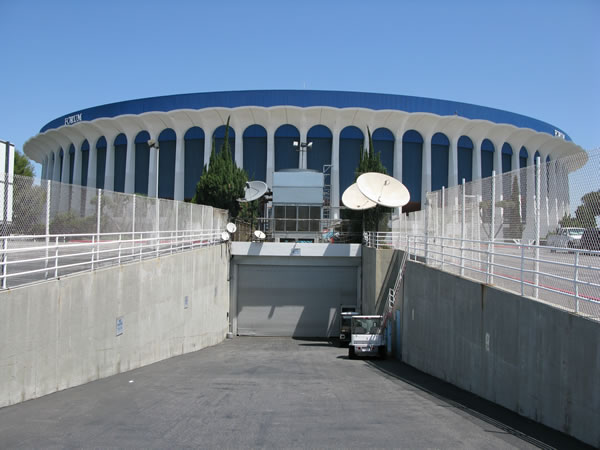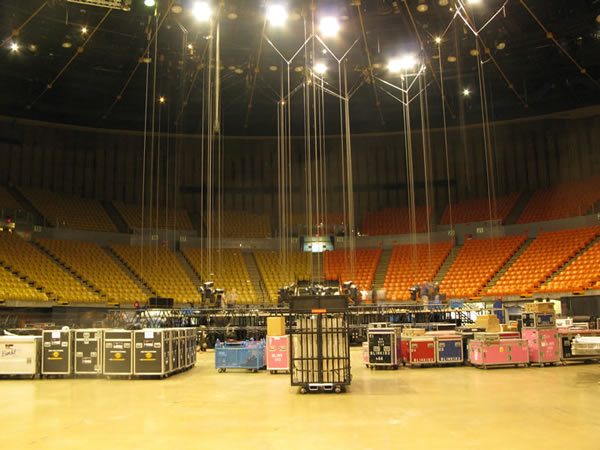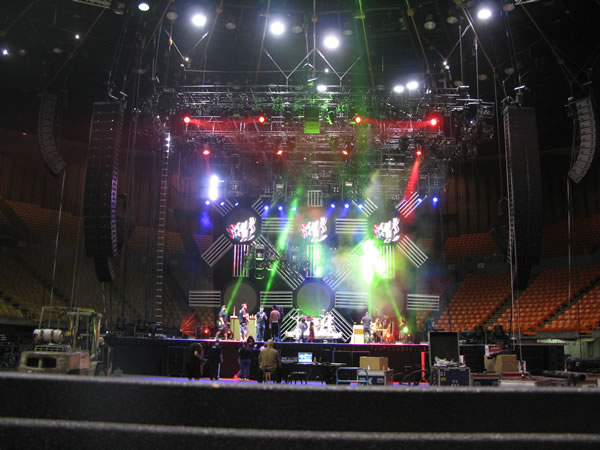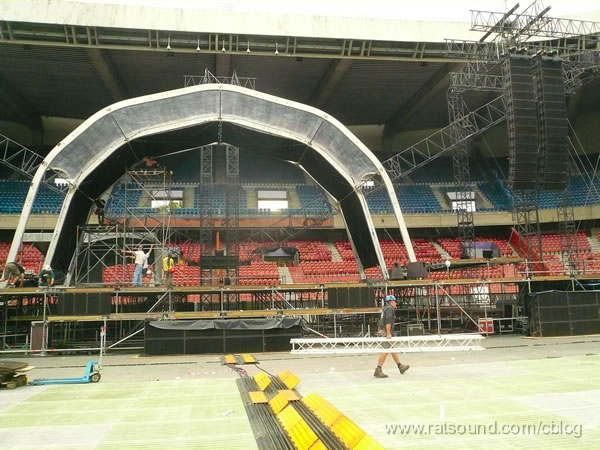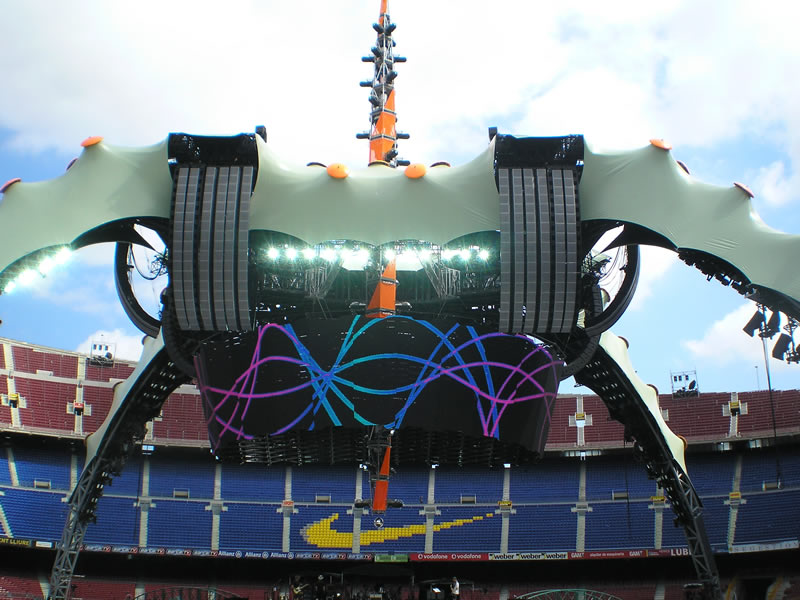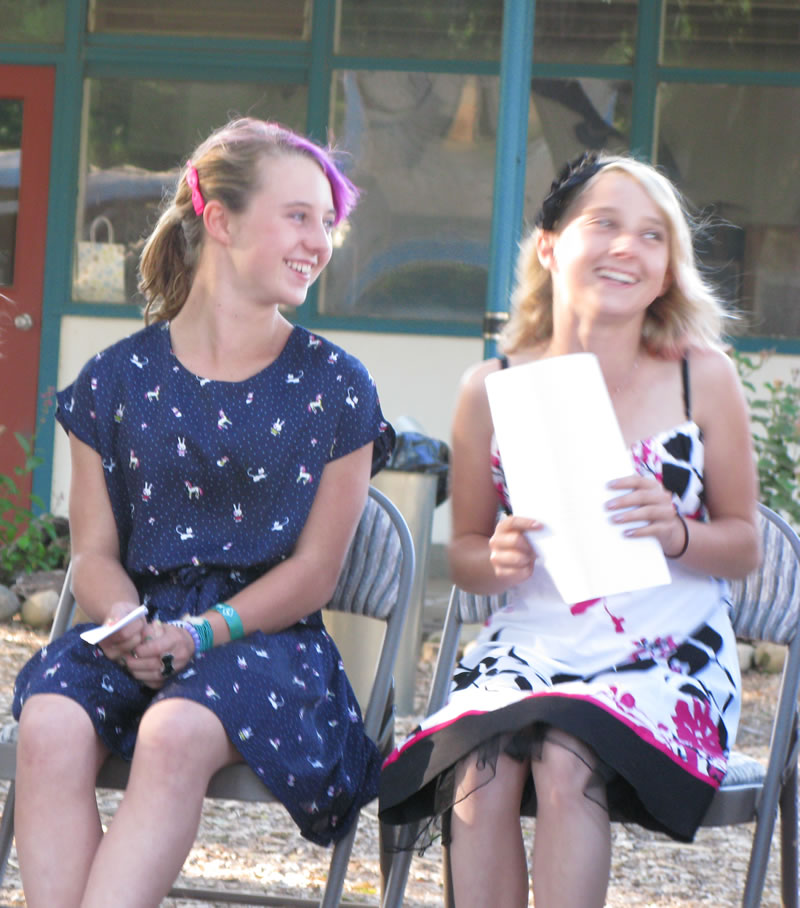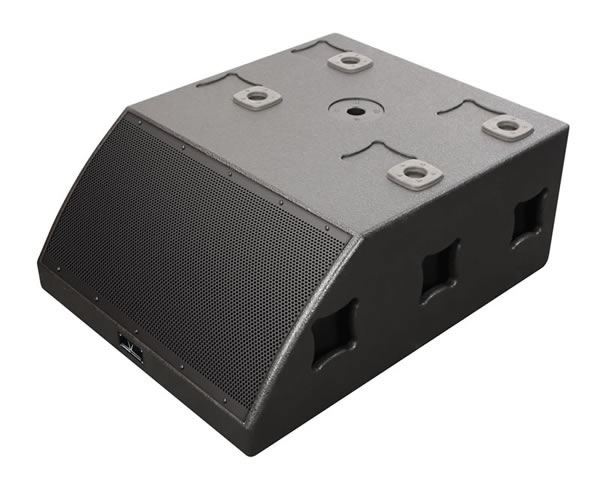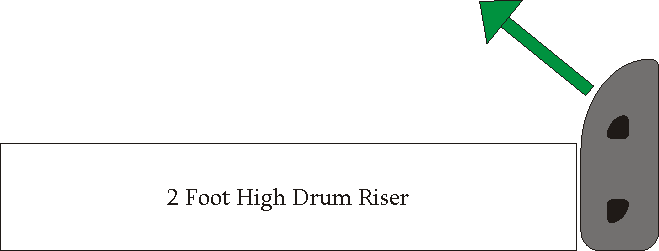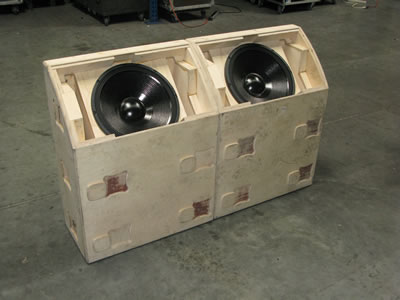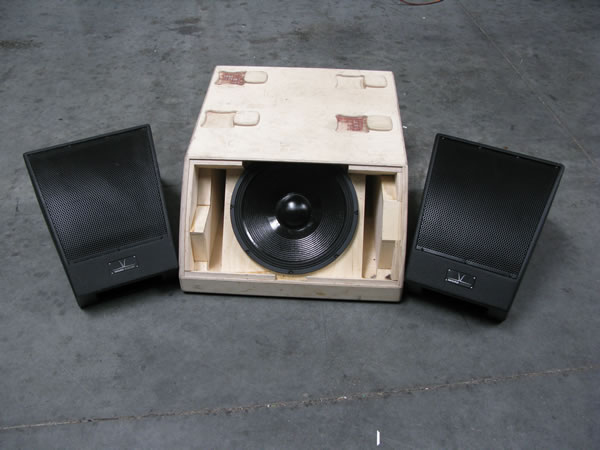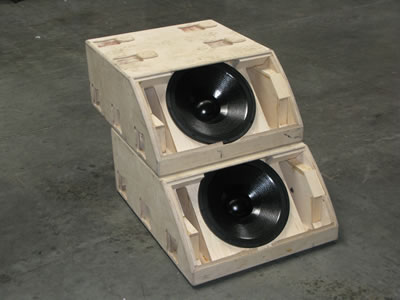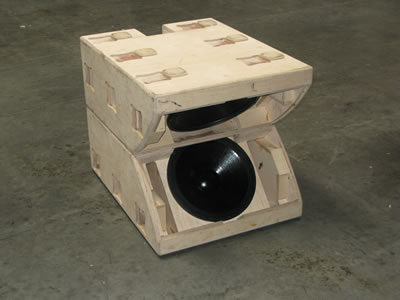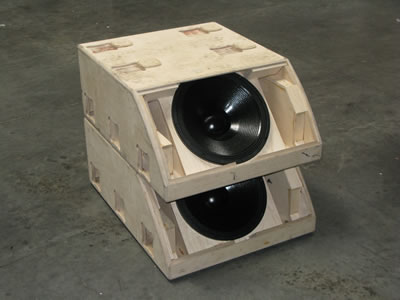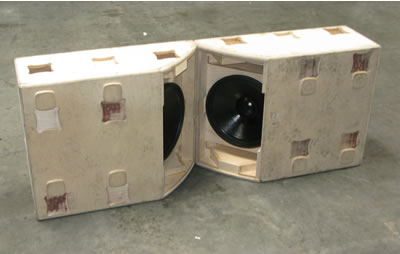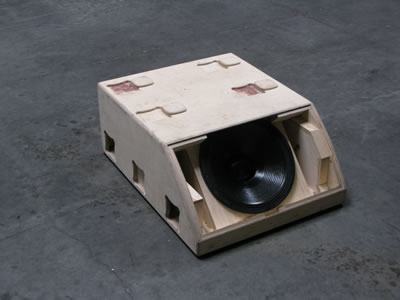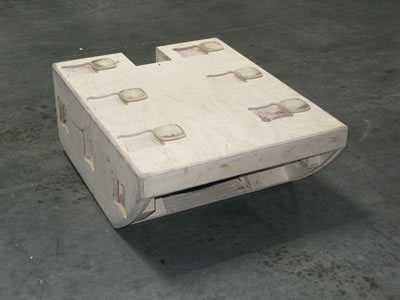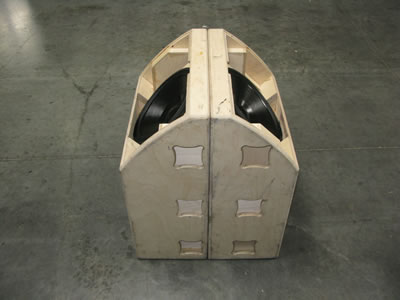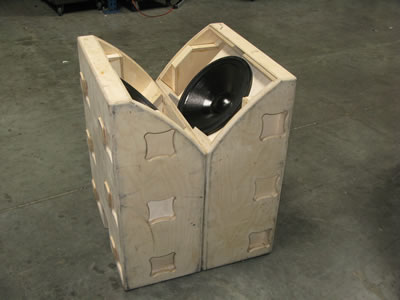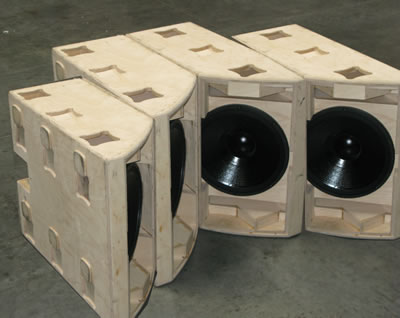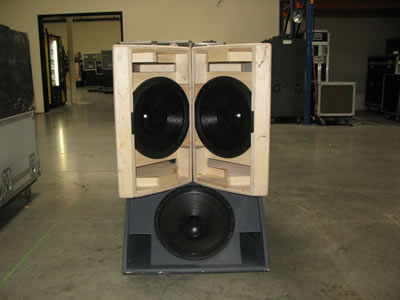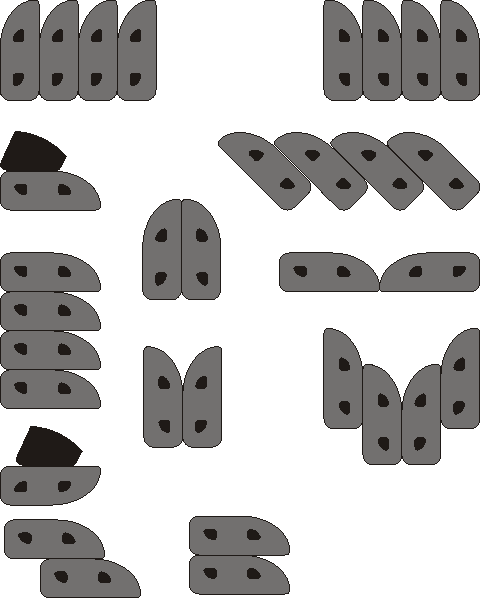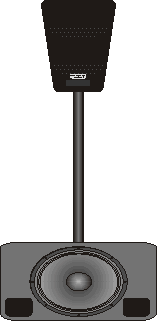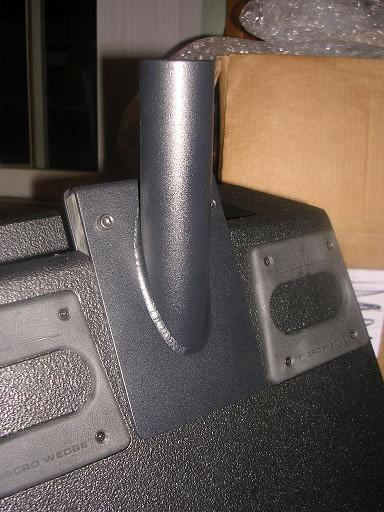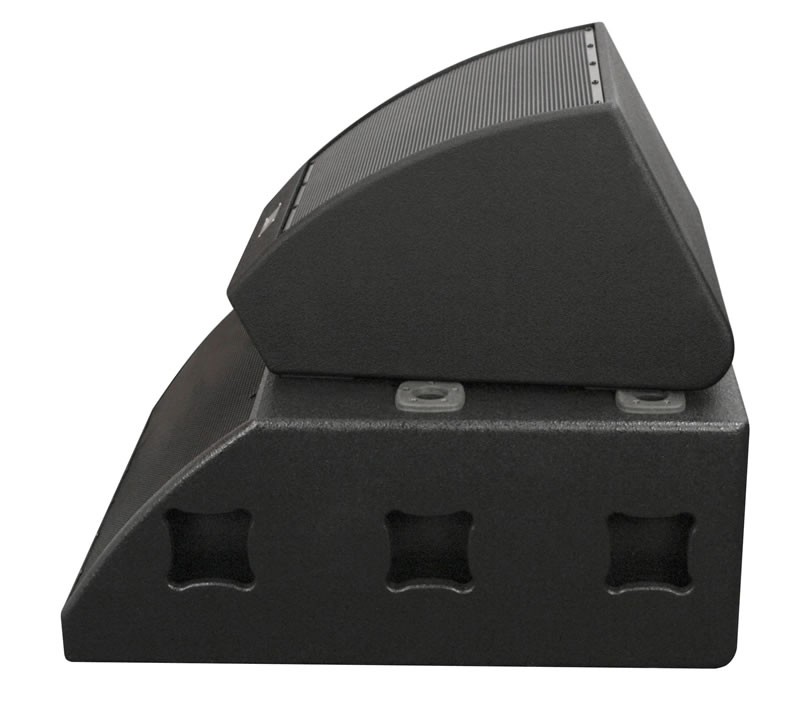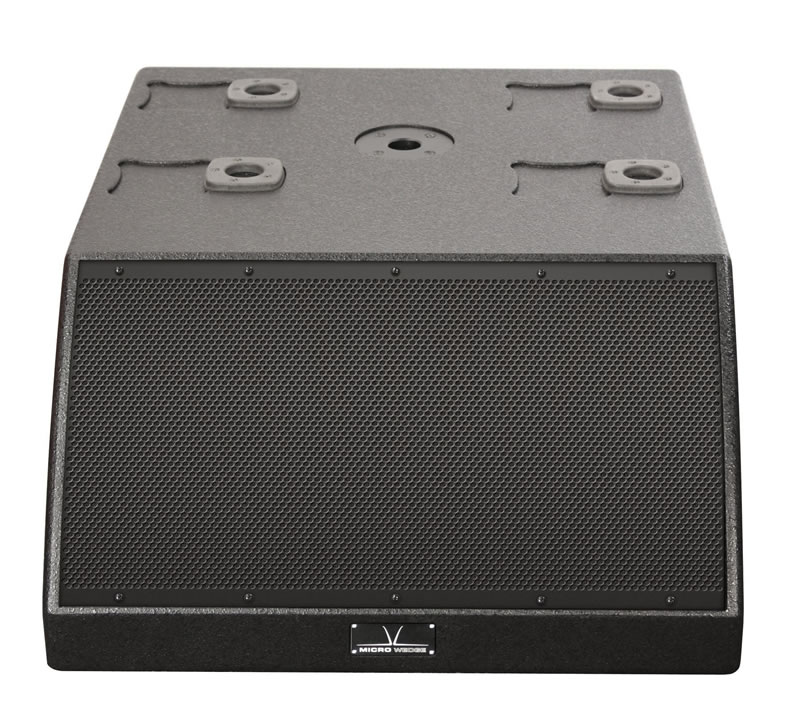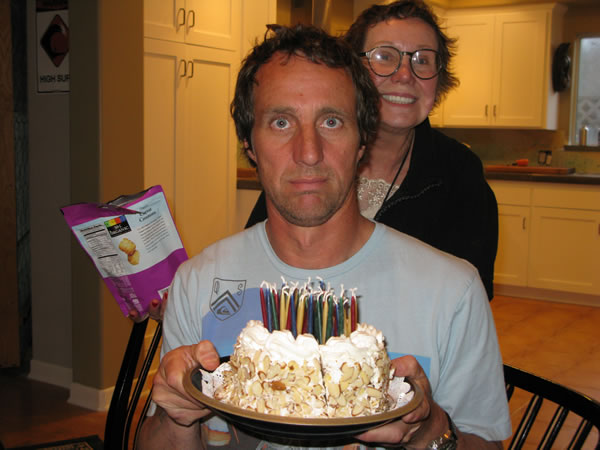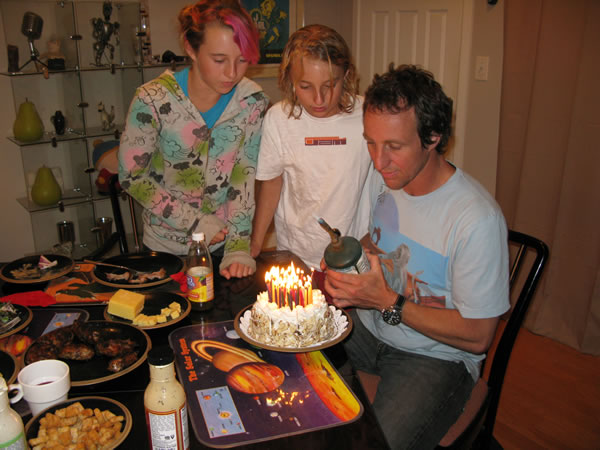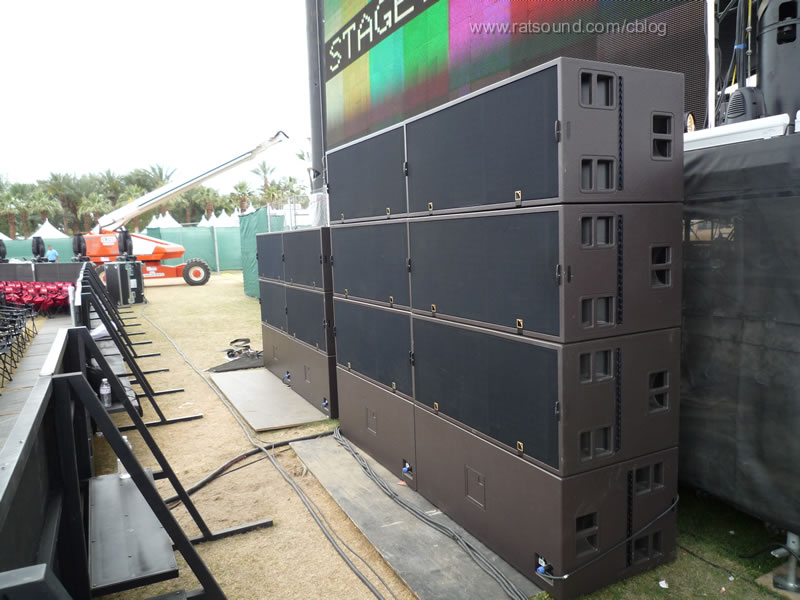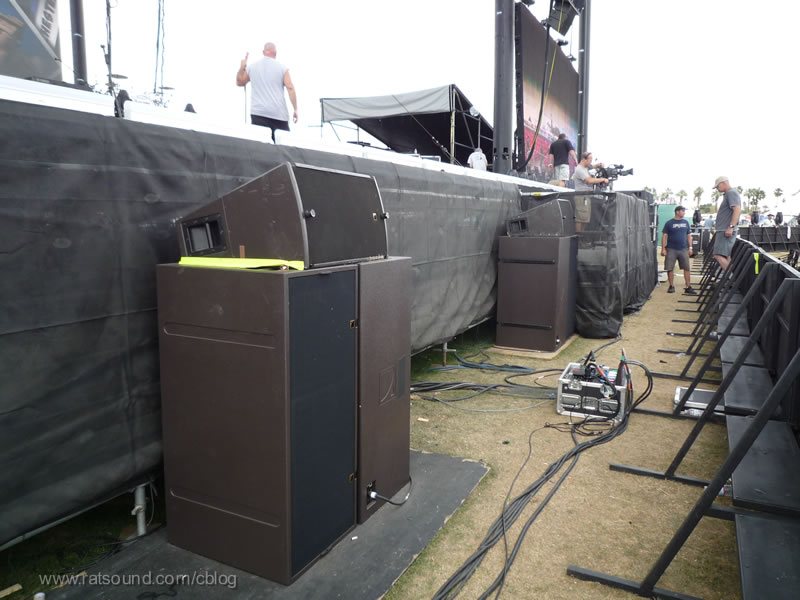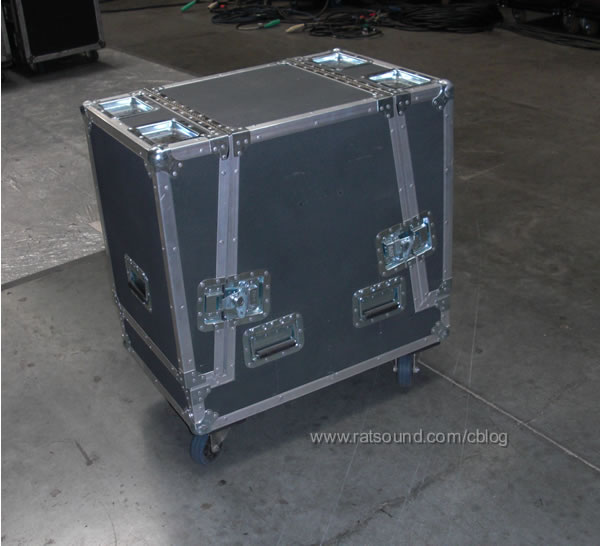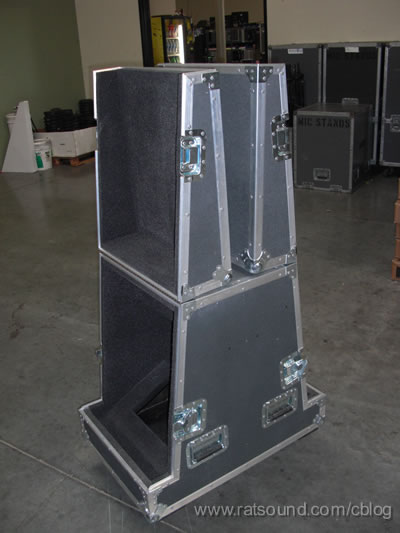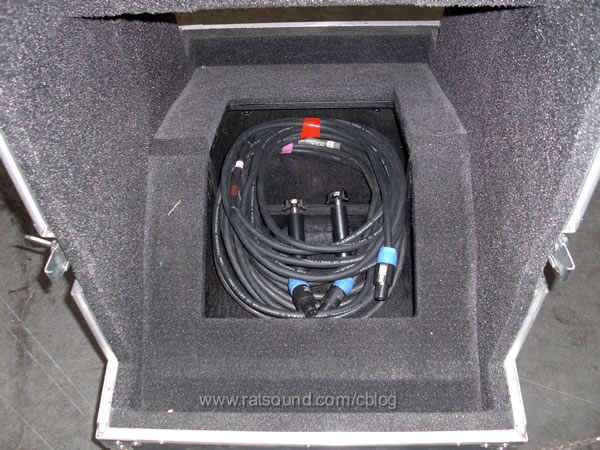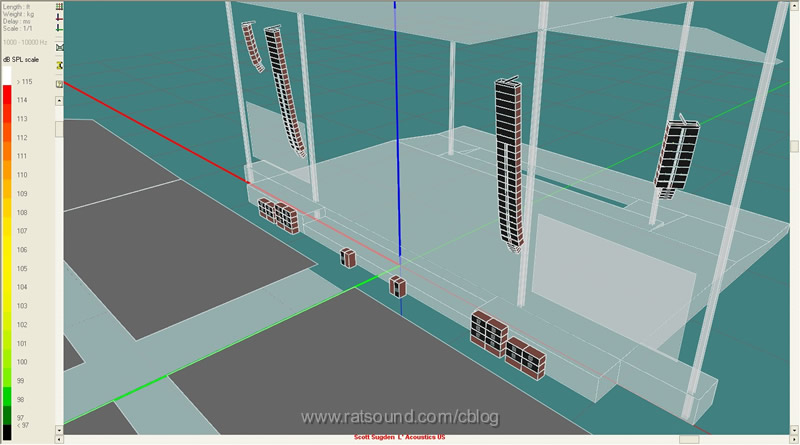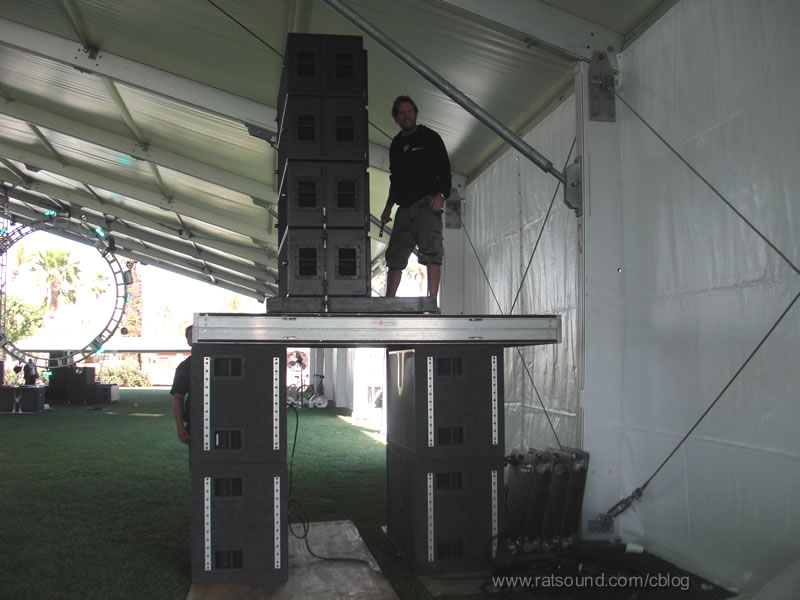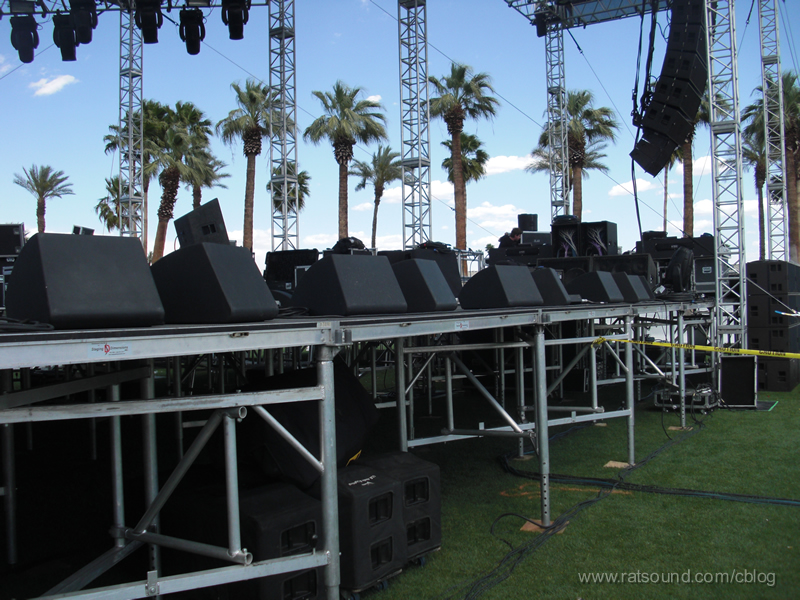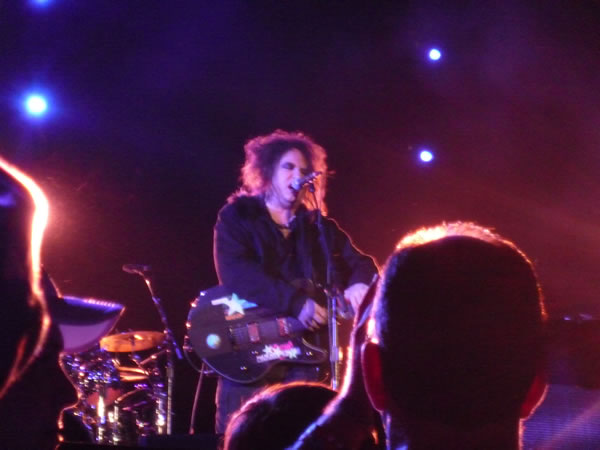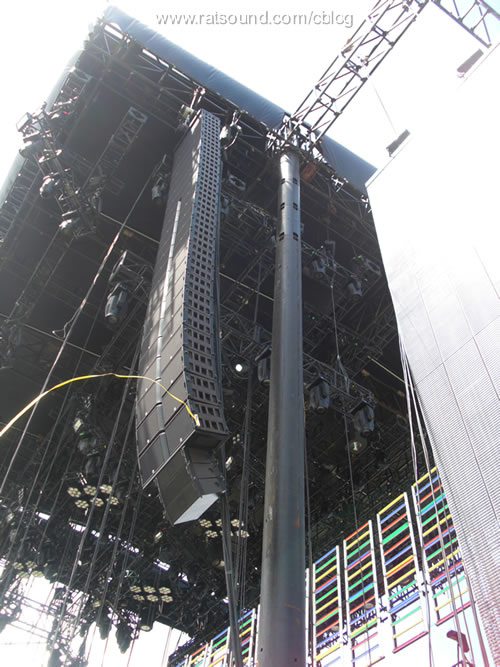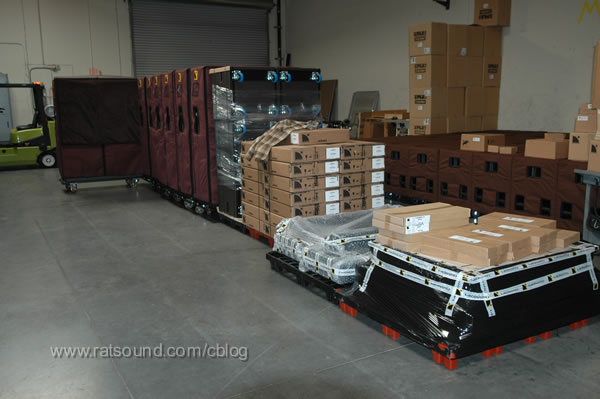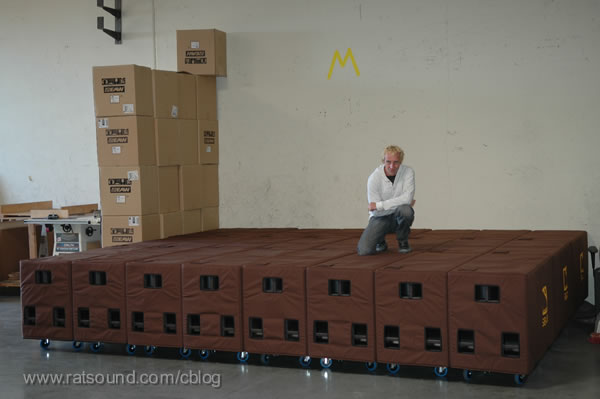More Homework
More Homework
So just as I did for the Coachella sub setup, I set a few goals and restrictions to see where that would take me with the design. And just as I did with Coachella, I have the honor of being able to run the designs by Scott Sugden from L'Acoustics who has the skills, experience and software to sort through the options. I really do feel fortunate to be able to not only try and figure out cool solutions but also to have the support people and sharp humans that can help me implement these things on a fairly large scale.
Lets start off by clarifying a simple rule of thumb regarding configuring speakers.
The wider you stack speakers horizontally, the narrower the coverage is horizontally. The higher you stack speakers vertically, the narrower the coverage is vertically. This is counter intuitive at first as it is tempting to stack speakers wider and wider to cover a wide room. When using horns and with mid and higher frequencies that can be easily controlled in their directivity, stacking wider for wider coverage can work well. But the rule of thumb is based on multiple speakers reproducing the same signal with their coverage patterns overlapping.
With sub woofers, overlapping coverage patterns are all but unavoidable, so the rule of thumb works well, especially with larger arrays.
OK, so the premises I am following are:
1) Horizontal sub arrays reduce horizontal coverage and create a power alley in the room center reducing coverage to the sides. - I need to keep the sub arrays compact horizontally.
2) Vertical sub arrays tend to reduce vertical coverage. A flown vertical sub array further messes up vertical coverage due to the reflection effect. I will try to keep the subs on the ground.
3) A stacked vertical sub array is a bit more forgiving in its vertical coverage than a flown array. Yet more concerning is that the tall ground stack in an arena will usually block sight lines unless it is behind the band, and we surely do not want the band in front of the low end I am going to dumping on the audience. Keep the sub array compact vertically.
4) A stage center horizontally ground stacked sub array blasts the front row of humans and tends to arch over backwards onto the band. Even with a cardioid sub array placed stage center, my experience is that, having the singer just a few feet from the primary subs generating enough lows for an arena creates an inevitable mess. Avoid putting lots of subs stage center.
5) The setup must be easy, repeatable and be able to cover the venues without the time consuming tedium of meddling with multiple interacting delay times every day. I want two or three clean presets that I select from. Maybe a 180 degree coverage, a 220 degree and a 270 degree. Create a sub setup that allows changing coverage without re stacking.
6) Finally, as with any useful idea, the less negative side effects, the better. So the sub array ideally should not reduce venue capacity, block sight lines, push out the barricade, look ugly, or cause any issues for backline, lights, video or any other department. Plus it would be really cool if it was easy and fast to setup.
Hmmm, that really tilts toward putting subs on the floor and off to the sides as the best of the options without diving into an some esoteric 3 dimensional flown sub arrangement that would change the rules a bit. In order to reduce the power alley effect, creating a sub woofer setup where each side has a bit of reduced coverage in the room center should help.
Anyway, based on those parameters and keeping in mind the quality of the overall show as whole, the most finessefull solution seemed to be to refine the sub cannon design for added control and improved coverage. Reducing the quantity of forward facing subs towards the stage middle would be good as well.
Here is the Peppers sub configuration drawing for the 2006 -2007 tour
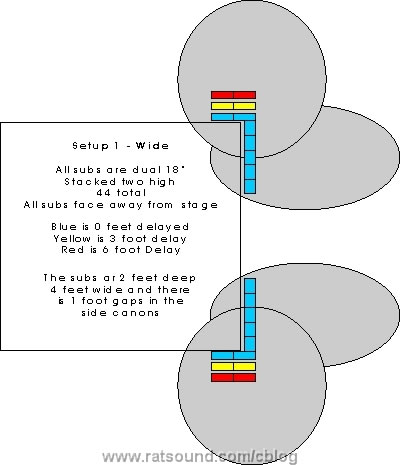
And a picture of it

I will also need to account for the fact that I will be using the L'Acoustics SB28's rather than the Rat subs I had on Peppers tour. I love the Rat subs and with the new Rat Super Sub, the added power is awesome. But Rat Sound has the privilege of being one of only two vendors with a K1 system in North America during this pilot phase of the K1 system release so both Rat and L'Acoustics really are focused on keeping it all intact as a complete system so we can really learn the rig and share what we experience with the manufacturer. That is not to say that it can not be augmented, but for the primary system it is all about a matched L'Acoustics rig.
So I am going to walk the line between off the shelf L'Acoustics with a bit of optimization based on my past experience and setups.
Picture time. This is pretty much the way I start projects. First establish a rough goal based on fulfilling the need or solving a flaw to what is existing. Next start drawing pictures and try and cover all possible permutations regardless of whether they are feasible or not. I then sort through the pictures and weed out the weak ones, hopefully settling in on a small range while weighing the assets and issues. Finally refine, redraw, build and test the winners out.
Just to give you an idea of some of a few of the 20 or so layouts I went through, here are some really rough stage right sketch's that did not make the cut for this tour.
The Fan. This would have the rear three at zero time and a delay added to the front three. I never ran projections as it was too big for what I am working on here.
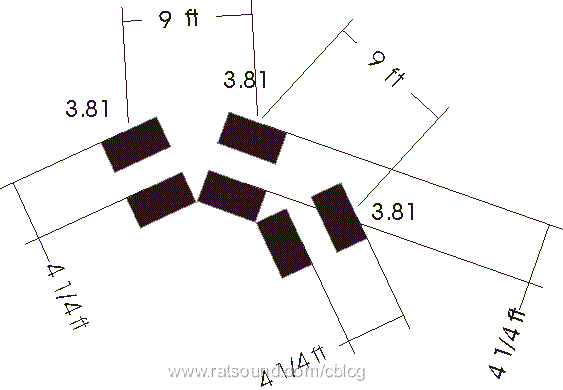
Â
The Focus. With all the work on the design of the EAW MicroSub, I have been diving into and using mechanical coupling arrangements, this is a triple sub setup seemed interesting. The delayed center can be timed to steer the coverage a bit. Never tested it and it seemed to be too limited in control.
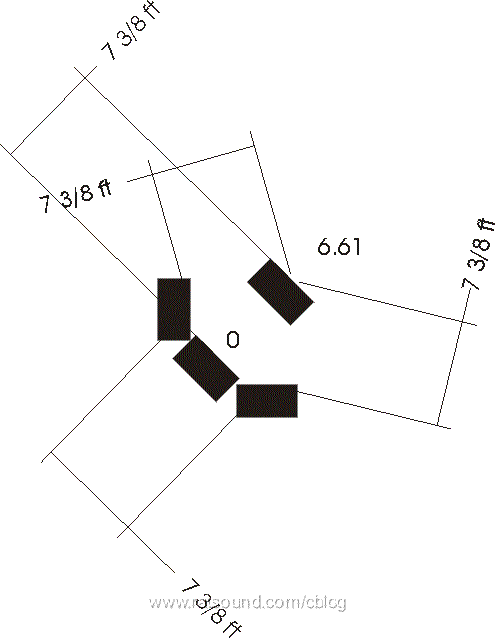
Two behind three. This is a 12 x 12 foot and cumbersome. But perhaps you can see where I am headed with attempting to have control over the forward fire, diagonal fire and side fire while offering some cancellation on the stage and behind the subs where the monitor position and techs will be.
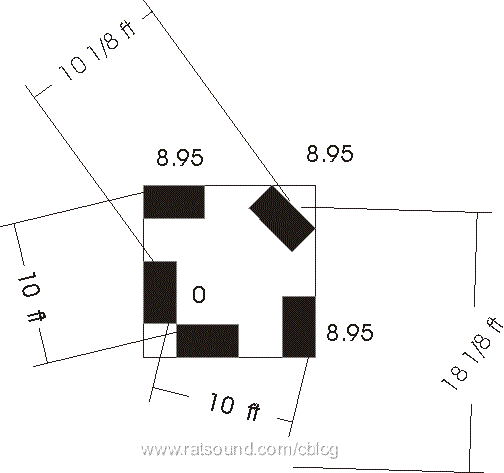
The Quad. The size is getting better and with subs pointing forward and to the right combined with delays it could offer some control. I really want power delivered about 45 degrees to the right of center. That tends to be the longest shot in an arena as well as a place where people will not be really be too close to the subs due to sight lines.
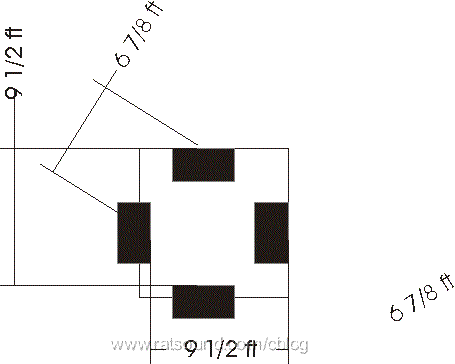
The Circle. Similar, and though you often hear that subs are omni directional, it does not take a rocket scientist to walk around the back of a subwoofer and hear that they are a bit louder and more direct sounding in front. This sub circle could have all subs facing inward or in several differing directions.
Â
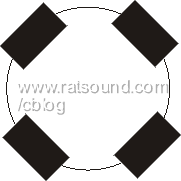
The Split. The next one actually is pretty good and fits in an 8 by 8 foot area. I could time delay it it for a 0 degree, 45 degree or 90 degree focal point. A bit light though, I was hoping to get 12 SB28's per side and to match the stage height so I am looking at 3 per stack. Meaning this is a 9 sub array. The sub on the right would add power to the side while offering some cancellation on stage. The sub up top in the drawing adds power forward and cancellation behind. the interaction between the top and right subs should cause some cancellations to the upper left power alley area and lower right 135 degree off axis area. By messing with levels a bit, the coverage could be altered a bit. Plus the distances are hovering around that magic 1/4 wavelength of 60 hz range which is useful for cardioid sub configurations.
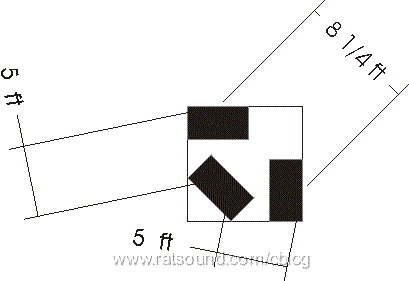
Oh, and let me not forget the most important part. The Carpet.
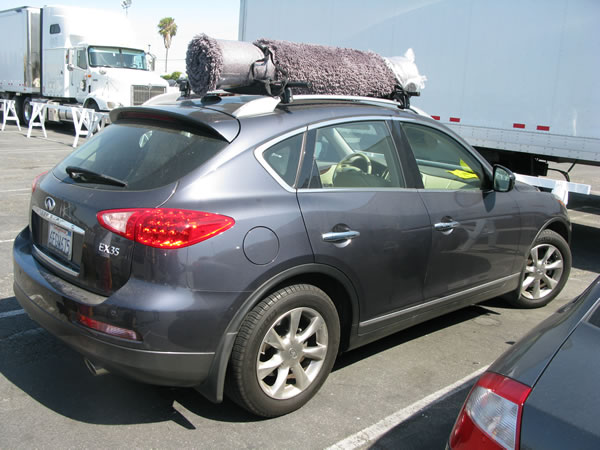
How can we possibly do a rock show without a nice fuzzy carpet to stand on!
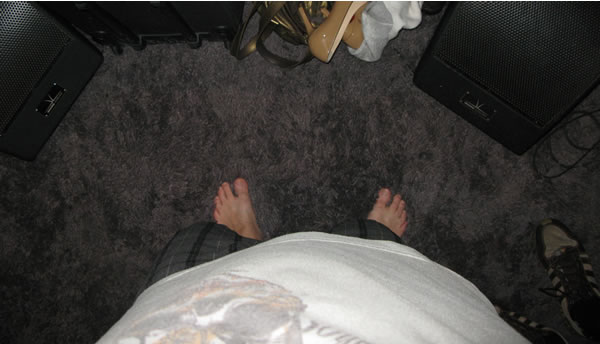
Next up, more subwoofery stuff, some simple cool measurement tools and running it old school style.
Dave Rat
